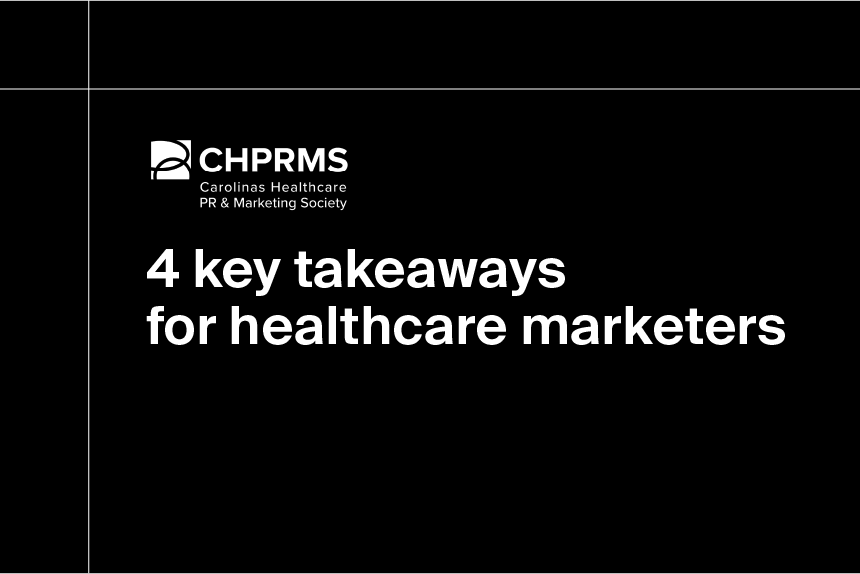The healthcare staffing industry is in a tight spot.
In many markets and care systems, critical care personnel are in short supply and have been for years. Healthcare labor shortages are projected for more than half of U.S. states through 2028—especially when it comes to nurse practitioners and nursing assistants, who provide a considerable amount of routine care to patients.
However, socioeconomic pressures both ongoing (inflation, aging patient populations, reimbursement shortfalls) and novel (tariffs on medical imports, the scaling back of public health funding) could lead providers to reconsider their staffing strategies. As a result, the landscape may be shifting for staffing agencies, too.
Here are the healthcare staffing trends we’re watching through the end of 2025 and beyond.
Demand for travel, per diem nursing dips in some markets
At the height of the COVID-19 pandemic, per diem and travel nurses played a critical role in keeping understaffed and overburdened health systems up and running. But as pandemic-related pressures subside, so does the demand for shorter-term contract labor.
This dip in demand is clearly illustrated by what providers are willing to pay for flexible help. In 2025, the average U.S. travel nurse in 2025 makes just under $2,300 a week, down 42% from nearly $4,000 at the pandemic’s peak. Staffing Industry Analysts reported that total travel nurse revenue dropped by 37% in 2024 alone.
Likewise, SIA found that the per diem nursing market contracted by 17% last year, but projected “modest growth” through 2025, as demand for per diem nurses in certain acute care settings rises.
Accordingly, many health systems are cutting or restricting internal travel nurse programs. Under these programs, nurses employed by a provider are given short- to medium-term assignments at multiple locations across the organization, usually with improved pay and benefits. But with less patient demand and diminished access to the emergency funding that enabled internal travel nurse programs, providers are increasingly pushing nurses toward typical staff positions.
According to Mercer, around 73% of U.S. states have a surplus of registered nurses, reducing pressures that necessitate contract hiring. But with most states facing a deficit of nurse practitioners, nursing assistants, and home health aides, it’s unlikely that demand for travel nursing will fall below 2020 levels anytime soon. For now, market data firm WifiTalents projects a CAGR of 5.8% for the U.S. travel nursing industry from 2023 through 2028.
Locum tenens staffing set to grow amid physician shortages
Ongoing physician shortages fueled by burnout, diminishing reimbursement rates, and artificially capped residency slots are boosting demand for locum tenens professionals in certain markets.
While Mercer anticipates a nationwide surplus of around 28,000 doctors, states like California, Texas, Massachusetts, and New York are seeing considerable deficits, especially among OB-GYNs, pediatricians, and family medicine providers.
While contract nursing pay has dropped from the pandemic’s busiest periods, locum tenens physicians have managed to maintain billing rates thanks to their roles as revenue drivers. Some locum tenens specialists, including surgeons and oncologists, have seen their pay rise over the past year, and SIA found that the locum tenens industry grew by 15% in 2024. Research and Markets projects the segment to grow at a CAGR of 10% from 2023 to 2034.
Locum tenens physicians fill critical gaps in providers’ labor resources and help reduce burnout associated with overscheduled staff. As an approach to employment, many physicians appreciate the flexibility, high earning potential, and variety of locum tenens work.
However, some providers say a growing reliance on locum tenens is an indicator of failures within the traditional healthcare model. And while locum tenens staffing can combat burnout among permanent staff, locum tenens professionals are themselves subject to additional pressures (often with fewer benefits than their full-time counterparts) that can make burnout more likely.
M&A activity heats up the healthcare staffing market
Mergers and acquisitions enable healthcare staffing firms to gain new resources, clients, and points of access within untapped markets. The past year has seen notable M&A activity from several key staffing organizations.
Digital staffing firm Aya Healthcare announced a $615 million deal to acquire Cross Country Healthcare in December of last year, enabling Aya to deliver Cross Country’s clinical services in a variety of nonclinical settings (such as schools and homes) across the country. Shareholders approved the deal in February 2025, and the companies are expected to close the transaction before the end of the year.
TrueBlue, one of the country’s largest industrial staffing firms, marked its entrance into the healthcare staffing market with the acquisition of Healthcare Staffing Professionals (HSP) in January 2025. With HSP’s focus on travel nurse, allied healthcare, and behavioral health staffing within state and local government organizations, the acquisition gives TrueBlue new avenues of expansion and revenue generation across U.S. markets.
Owned by the Alaskan Native Village of Eyak, the IT and construction management-focused Copper River Family of Companies added San Antonio-based Aspire Medical Staffing to its portfolio in May 2025. The CEO of Copper River said the acquisition of Aspire and its $29.8 million federal contract portfolio will improve the company’s ability to support private healthcare providers and federal agencies alike.
National healthcare staffing firm Care Career scooped up four smaller staffing firms through stock purchase transactions between August 2024 and April 2025: Next Move Healthcare (Kansas City, MO), MedUS Healthcare (Cincinnati, OH) Amare Medical Network (Canonsburg, PA), and Alliant Personnel Resources (Carroll, IA).
And on the contract staffing side of things, Travel Nurse Across America announced a merger with TotalMed back in May, while StaffDNA, a digital healthcare staffing marketplace, acquired Kevala’s per-diem staffing business in June.
Take a forward-thinking approach to healthcare staffing
As healthcare staffing enters a post-COVID paradigm, employers, prospective talent, and hiring agencies need new perspectives of the industry rooted in reality, not guesswork.
Data and analytics from Definitive Healthcare can help you identify and engage ideal candidates for employment, anticipate changes in service line demand, and compete more effectively in your market. Sign up for a free trial today.




